
Illustration by Christopher Givens.
Paint Paste Sticker: Chicago Street Art at the Chicago Cultural Center was bomb. Or, rather, it was a bombed-out showing of artworks featuring some of Chicago’s notable graffiti writers. With an estimated 33,500 in attendance, it served as a proverbial check on the discipline’s climb to legitimization. Whether or not this is a good thing is up for debate. For, regardless of the form’s increased popularity, there still runs a complex undercurrent of diverging legal matters regarding the regulation of graffiti and street art. The differing viewpoints, the conflicting and all but free-form policies, however, are in dire need of tweaking. The exhibit, which ran from October 2013 to January 2014, was the collective result of the hard work put forth by its artists and organizers to represent a sector of art that has seen its share of turbulence.
Public art is both a place and a space that is perpetually negotiating the divisions between democratic ideals and heavy restrictions. This makes it an ideal and authentic site for expression and protest. An exhibition such as Paint Paste Sticker provides a moment for reflection, discourse and growth. Especially so in Chicago, given its complicated relationship with graffiti, a relationship which saw the souring of its sweets when former Mayor Richard Daley dropped the hammer back in 1992 by way of public policy and the Graffiti Blasters program.
Things ain’t been the same since, for by the time the ink had dried, its steamrolling effect had taxed businesses heavily. If liable, many would end up paying $100 daily simply for having cans of spray paint on their shelves.
As of May 1992, in an effort to combat gang activity, the City Council of the City of Chicago passed a total of four ordinances under Municipal Code sec. 4-132-150 which effectively pushed the sales of products such as spray paint and large markers out of the city limits. Large corporations attempted to counter this action in court under claims it violated the Commerce Clause, all to no avail. Some small business owners, on the other hand, were caught unaware and just bit the bullet, ingested the powder.
Graffiti writers and street artists, along with public art coordinators, the police, and aldermen must negotiate a complex path in effort to give the art form a voice. But, like the comp screen in The Matrix, many questions cascade across the landscape in regards to matters of jurisdiction, terminology, and criminal offenses. For now, “It’s like the Wild Wild West out there,” says Miguel Aguilar, who was a participant in the recent exhibition and is an instructor at the School of the Art Institute of Chicago (SAIC). For Aguilar, and others aware of this sticky web of legalities, Paint Paste Sticker , he says, “speaks to a larger conversation” with respect to “public space and city directive.” As gathered from Aguilar, the unstable legal model put into place some time ago has since ossified. This model appears all too inclusive to begin with, and not rigorous enough when it comes to its own lines of succession. It fails to make evident what should otherwise be a clear and cohesive agenda.
Unfortunately, this lack of clarity relating to legal matters allows room for extraneous prosecution. As it is, “There’s a [somewhat] decentralized army of enforcers” that more or less have the discretion to file charges, says Aguilar. These charges are further muddled in the courts depending on the district, the accused person’s age and other variables such as having a history with the judicial system. For instance, in speaking with an officer at a local district, the severity of incrimination in Wicker Park versus that in Edgewater varies widely.
The lack of clarity between policy makers and enforcers, and its effect on practitioners of the form, was a topic of conversation for Aguilar and Nathan Mason, the curator of the Paint Paste Sticker exhibition. According to Aguilar, because of the “cultural shift with public art and public space” currently gaining momentum in Chicago, the time has never been as ripe for discussion. Clearly, Mason, who is the Curator of Exhibits and Public Art at Department of Cultural Affairs and Special Events (DCASE), would be a welcome ally in the cause having held various positions for the city more or less related to such matters.
As it stands, any law-abiding citizen of Chicago is supposed to report instances of graffiti within 30 days. What if the property owner doesn’t mind the artwork? Or, say, what if it wasn’t sanctioned, or approved by the alderman, who then must confer with the city for consent? That also depends on questions of whether it is private or commercial property. Where the police may be able to differentiate between what is gang-related graffiti and what is not, the average citizen may not, which muddies the waters of complexity.
These issues are not exclusive to Chicago. There is what is known as the “Graffiti Tunnel” on the Camperdown campus of the University of Sydney, Australia. That, within the grounds of an inner city suburb of New South Wales, is a festooned passageway; a more or less underground site where people are invited to meet and express themselves creatively. Elsewhere, the notable Brazilian street artists and brothers Otavio and Gustavo Pandolfo, most commonly known as Os Gêmeos, provide examples of what can be done when artists and city councils work together to try to dissolve the stigma of graffiti.
Zebadiah Arrington, an undegraduate SAIC student who recently wrapped up an artists in residence program in Gwangju, South Korea, states that graffiti, or street art, is “less bogged down” by negative viewpoints and authoritative pressures there than it is in Chicago. This is not to say that there are shouts of approval as much as to say there are few, if any, shouts of vandalism. The reasons for this are manifold, and speak of a culture in which the relationship between artistic expression and tolerance has yet to reach a breaking point.
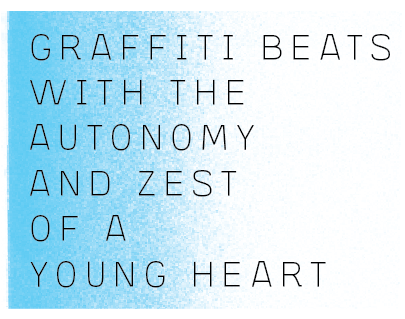
In one way, Arrington seems to suggest that there’s no clear line between the artists and the public that could serve as a means to activate governmental intervention. In another, the blurring or absence of such a line implies that graffiti writers are not considered criminals. Thus, graffiti is able to exist, or beat, with the autonomy and zest of a young heart. In matters relating to his project and the work performed, Arrington see it all as a “matter of logistics.” “It’s like any other art process,” he says, referring to the legal red tape that wraps around most artistic endeavors. In other words, it’s inherent of the medium.
In Chicago, as in other places, the methods and processes, the opportunities and lack thereof continue to subsist and operate deep within the bowels of said logistics. Yet, street artists and graffiti writers have come to work in and around these trappings by way of determined resourcefulness. These artists are able to exist in and traverse multiple cultures by engaging the same obstacles that were set up against them. Terminology, associations and affiliations, which could serve as forces to exclude a group, have been circumvented by utilizing true motives along with what can be gathered with respect to knowledge of a system. This was something reiterated on opening night of Paint Paste Sticker by Brooks Golden, another participant and SAIC alumnus; sometimes it’s also about enduring the system rather than being stifled by it.
Fortunately, there are other factors to consider. With the growing support of nonprofits such as Chicago Urban Art Society and aldermen’s initiatives such as Danny Solis’ Art In Public Places, these artists are learning about the technicalities of the system as well as adapting to it. This system is still in need of revamping, however, because, as Aguilar informs, “I, we… these are professionals…[these are] loving partners and fathers, businessmen and activists.” Therefore, if anything is relevant and serves the potential of urban development, it is the decoding and dismantling of stumbling blocks that incidentally hinder the growth of a portion of its members.
Twenty-two years after the Chicago law passed banning materials and establishing an edifice of restrictions, things are in a slow process of change, some of it perhaps unwilling. Tim Novak of the Chicago Sun-Times revealed that, as of 2012, budget cuts have hit the Blasters program, hard. Their patchwork enforcement of the city’s brown color scheme thus crippled, cutting both their workforce and response time, to the frustration of some business owners. Meanwhile, proposals have come in to increase fines and charges while at the same time sanctioned artwork has increased. Progress is a big rock, and any and all parties endeavoring to move it must commit to it long term.


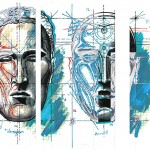
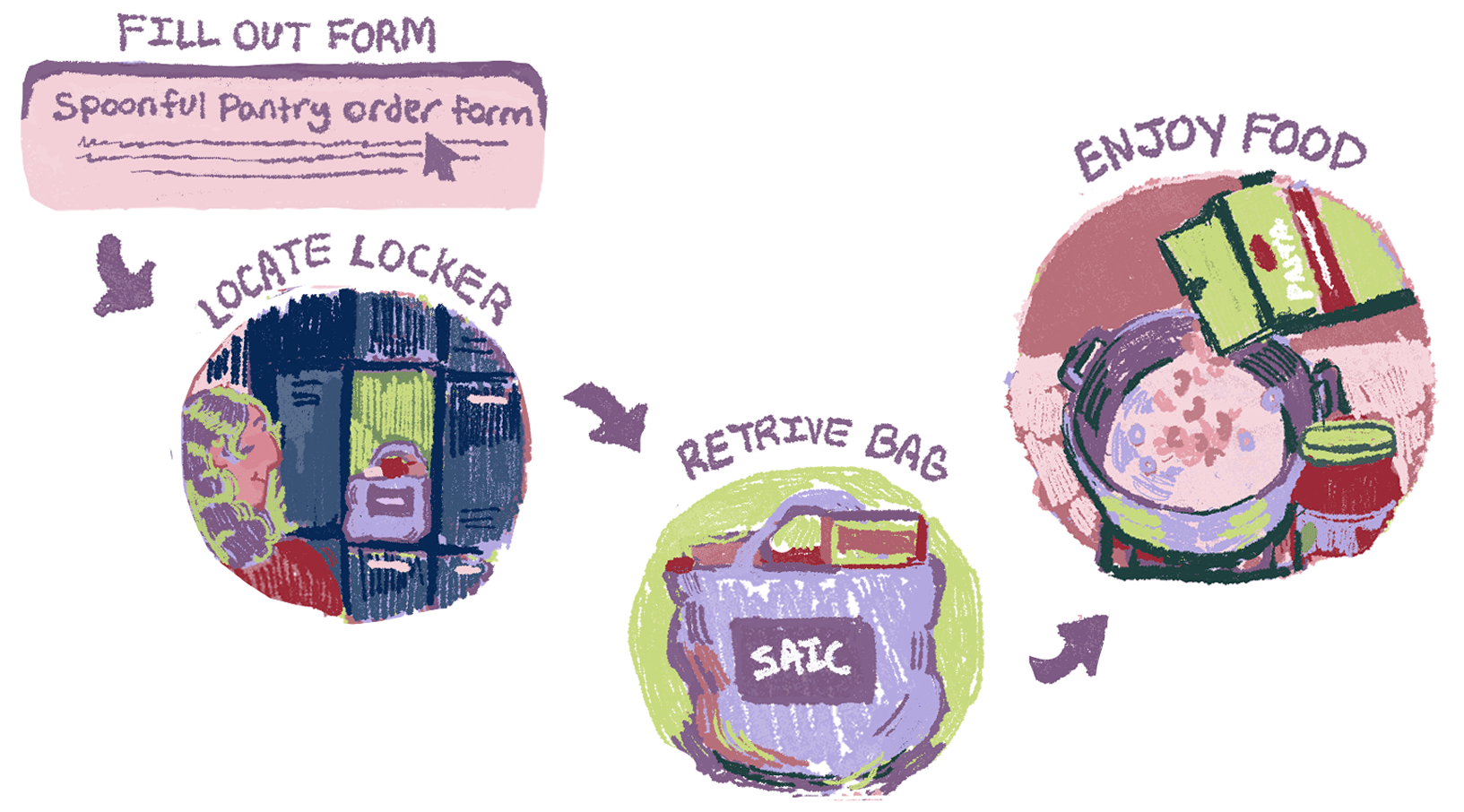

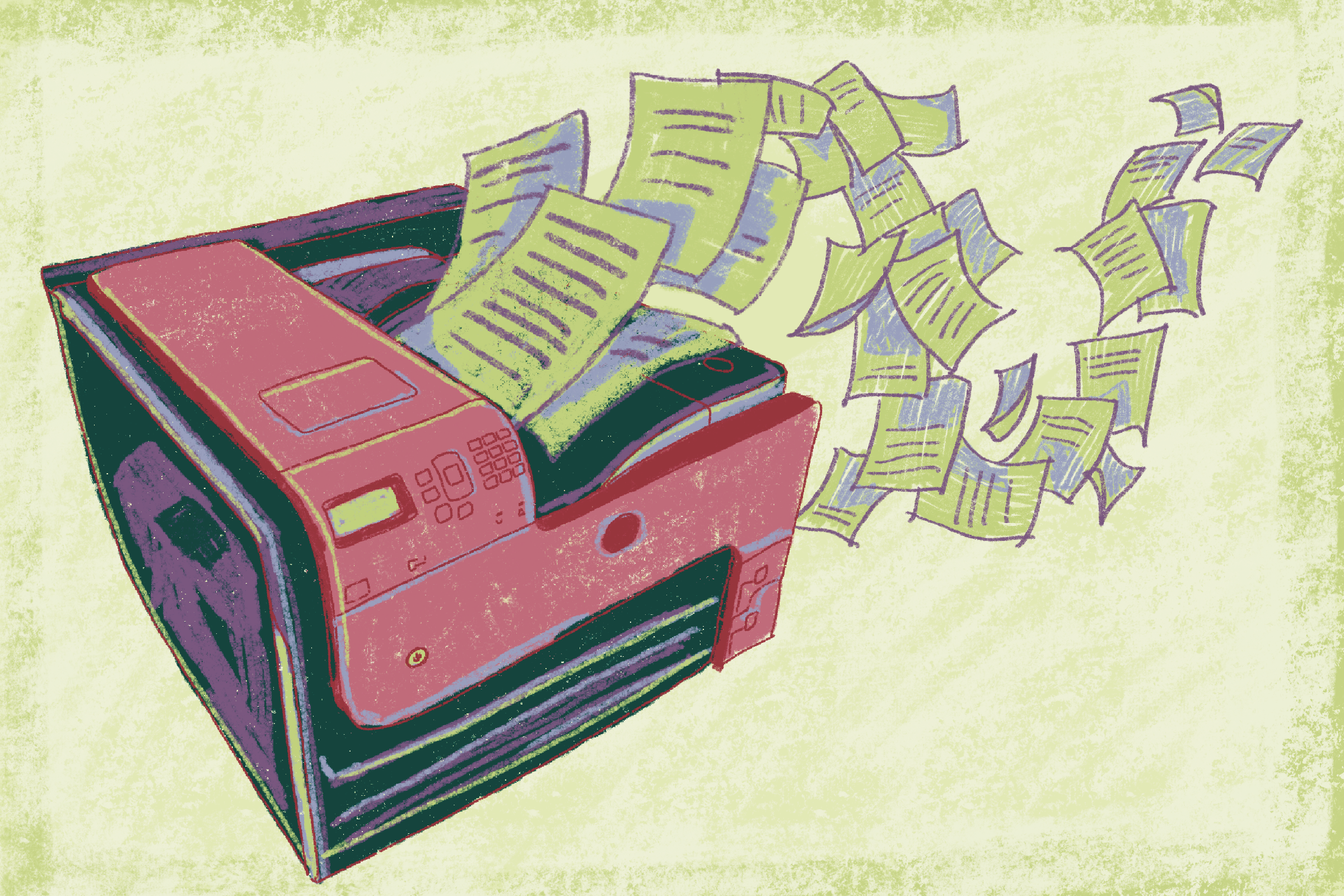
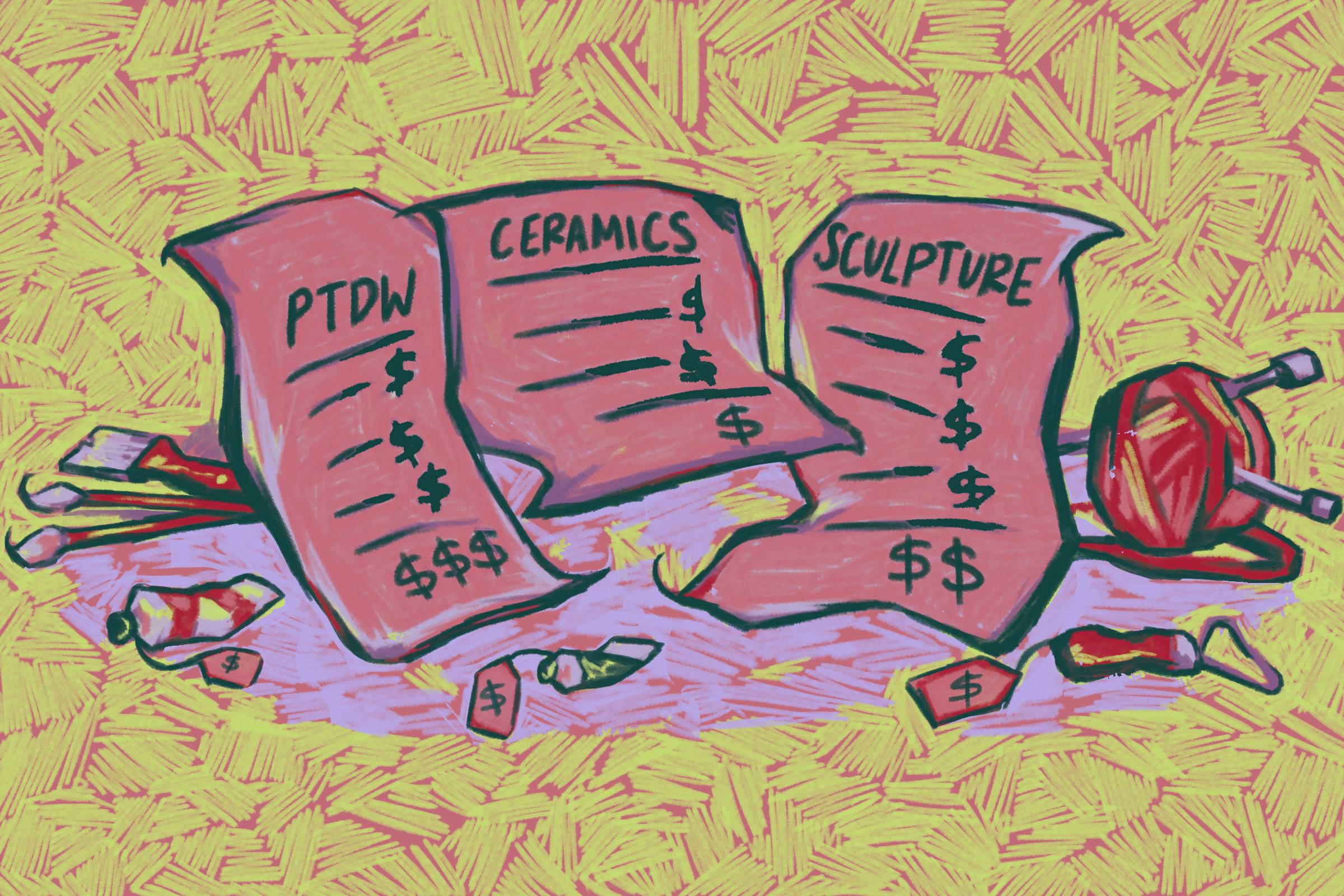














Graffiti artists have zero legitimacy to explore their voice in the public forum just as musicians have zero entitlement to practice their trade to a captive audience aboard a bus or train. While you can easily move past a street musician, or pause to dig in your pocket for a tip, the public space fouled by grafitti (usually private property within easy eyeshot of public centers) is by and large not improved. As someone who used to be a property manager, I found the whole effort of these “artists” to be one declaring “I was here!” when no one really cares. Musicians have to get an honest gig to play their tune. If a visual artist has something to say, their are countless legitimate venues where they can do so. Grafitti writers can work to get an exhibition and be peer reviewed to the extinction they deserve.